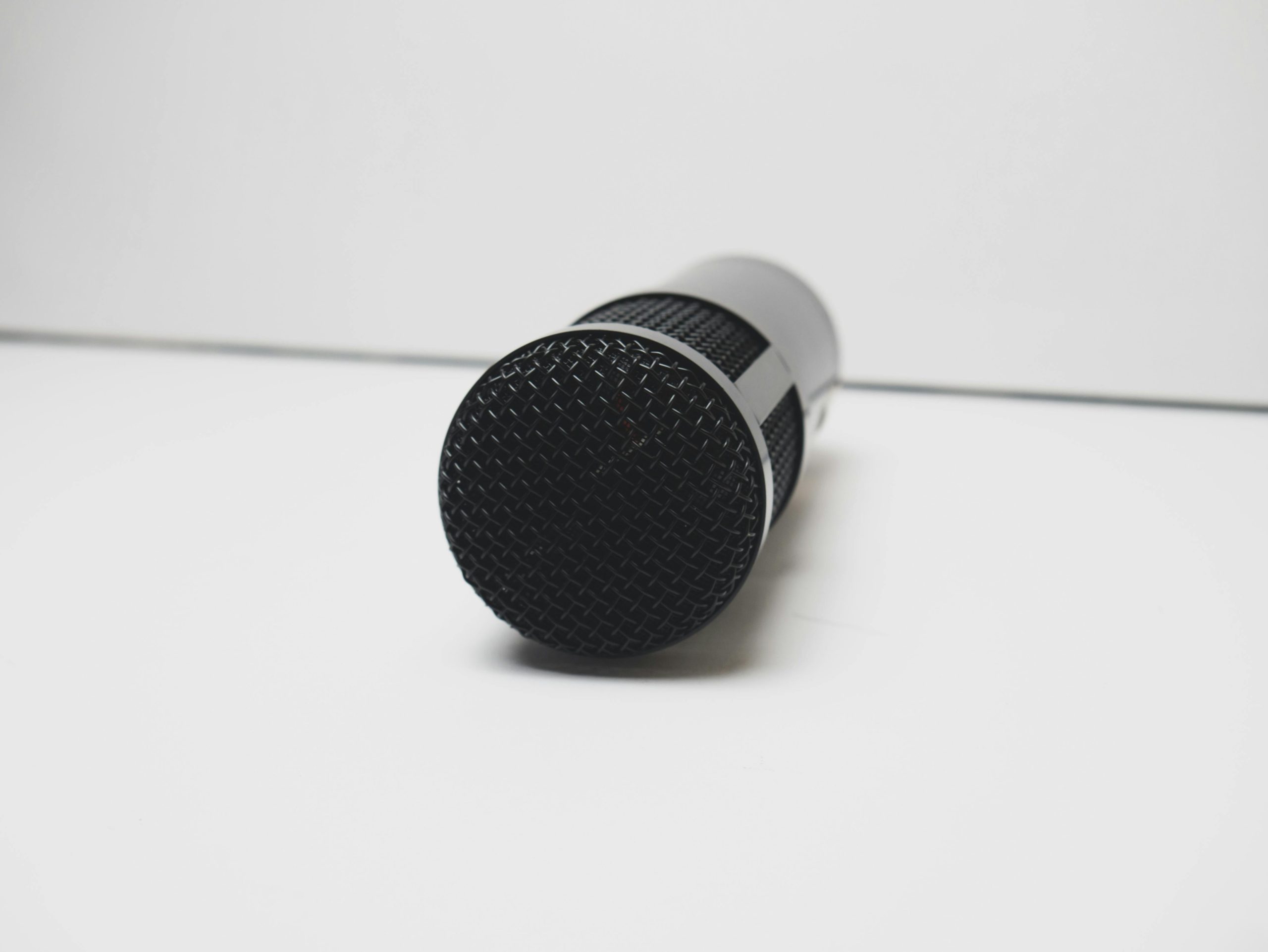Understanding and Addressing Performance Issues Following Windows Update KB5062553
In today’s digital workplace, maintaining optimal computer performance is crucial, especially for professionals who rely heavily on their devices for creative and productivity tasks. Recent reports have emerged from users experiencing significant slowdowns following the installation of the Windows update KB5062553 released on September 7th, 2023. This article examines the potential impact of this update and offers guidance on troubleshooting common issues.
Case Study: A High-Performance Gaming and Content Creation Laptop
Consider the example of a user operating a ASUS ROG Strix G513RC laptop equipped with an AMD Ryzen 7 6800 processor, NVIDIA GeForce RTX 3050 Laptop GPU, 16GB RAM, and ample storage. Prior to the update, the device functioned smoothly, supporting activities such as streaming and freelance illustration without noticeable lag or resource spikes. However, post-update, the user experienced pronounced performance degradation, with tasks that previously ran seamlessly now sluggish or freezing.
Troubleshooting Efforts and Challenges
Despite multiple attempts to restore performance—including reinstalling drivers for RAM and graphics cards, updating all applications, and ensuring system updates are current—the user reports persistent issues resembling a slideshow rather than a responsive workstation. This indicates that the problem may be rooted in the recent Windows update, compatibility issues, or driver conflicts.
Potential Causes and Considerations
- Compatibility Conflicts: Updates can sometimes interfere with existing drivers or software configurations, especially in systems with high-performance components like AMD CPUs and NVIDIA GPUs.
- Driver Issues: Although updating drivers is a recommended step, sometimes new updates may introduce bugs or regressions.
- Background Processes: Overactive background applications or Windows services might contribute to resource exhaustion.
Recommended Troubleshooting Steps
-
Rollback the Update: If performance issues began immediately after the update, consider rolling back to the previous Windows version while awaiting patches.
-
Update Drivers: Visit the AMD and NVIDIA official websites to download the latest drivers compatible with your hardware, ensuring minimal conflicts.
-
Disable Background Applications: Use Task Manager to identify and temporarily disable resource-heavy processes.
-
Adjust Performance Settings: Enable high-performance power modes and disable any unnecessary visual effects.
-
Check for Additional Updates: Microsoft and hardware manufacturers may release subsequent patches addressing known bugs — stay updated.
-
Seek Community Insights: Engage with user forums or contact technical support for device-specific guidance.
Conclusion
The impact of Windows updates on system
Share this content:



